Digital Incubator
Digital 10 l, 23 l and 56 l incubators are compact and economically priced, yet offer features not typically found in a basic incubator. The housing is all metal, as is the door frame. See-through acrylic door lets you view contents without opening the door. One shelf for 10 l and two shelves for 23 l and 56 l models are included, and can be adjusted in different levels – additional shelves can be purchased to increase storage capacity.
The heating elements in the incubators are incorporated into the bottom and sides of the aluminum chamber. This provides better temperature stability and uniformity than other incubators in it’s class. A grommet hole in the top of the unit can hold a thermometer for accurate temperature setting
Report Abuse
Shipping Details
Based on 0 reviews
Be the first to review “Digital Incubator”
You must be logged in to post a review.
Vendor Information
- Store Name: ATLANTIC Scientific and Research Supply
- Vendor: ATLANTIC Scientific and Research Suply
- No ratings found yet!
-
Health & Medical
IR spectrophotometer
A Spectrophotometer is an analytical instrument used to identify materials including organic polymers. Infrared spectrophotometers record the relative amount of energy as a function of the wavelength/frequency of the infrared radiation when it passes through a sample. Therefore, chemical structures of different samples will reflect differences in the IR absorption spectrum allowing for identification of a sample. Unlike a dispersive spectrometer, an FTIR spectrometer or FTIR spectrophotometer is used to simultaneously obtain spectral data of a sample. It does this by using an interferometer to collect the interferogram, also known as the raw data/signal format, which can then be translated into the infrared spectrum of the sample by means of a fourier transform algorithm. As a result there are many advantages including greater signal-to-noise ratio, high resolution, higher throughput, and a short wavelength limit. FTIR spectrometers can be used in a variety of industries including environmental, pharmaceutical, and petrochemical.
SKU: n/a -
Health & Medical
Door Pulls
Kopperguard™ antimicrobial DOOR PULLS kills greater than 99.9% of Bacteria* within 2 hours of contact!
All Kopperguard™ products are made from CuVerro® antimicrobial copper and registered with EPA as the only solid Antimicrobial Surface
Incorporation of Kopperguard™ antimicrobial product into your facility can help reduce the bacteria* that cause infections
Available in a brushed rose gold finish that elegantly lets everyone know the steps you have taken to provide continuous protection against disease-causing bacteria*
Antimicrobial protection never looked so good!
Offered in 8”, 10”, 12” sizes for easy installation
SKU: n/a -
Health & Medical
Water-Deionizer
Water Deionizer Industrial Waste Water Treatment Equipment Machine
How Water Deionizer Industrial Waste Water Treatment Equipment Works
The Reverse Osmosis process uses a semi-permeable membrane to separate and remove dissolved solids, organics, pyrogens, submicron collodial matter, viruses, and bacteria from water. The process is called “Reverse” Osmosis since it requires pressure to force pure water across a membrane, leaving the impurities behind. Reverse Osmosis is capable of removing 95 – 99% of the total dissolved solids (TDS) and 99% of all bacteria, thus providing safe, pure water.SKU: n/a -
Health & Medical
Transfection system
The Neon® Transfection System enables fast and efficient delivery of nucleic acids into all mammalian cell types, including primary, stem, and difficult-to-transfect cells. The flexible and open system allows the user to perform high-quality transfections using optimized or user-defined protocols in three simple steps with as few as 2 × 104 cells per reaction. A novel reaction chamber provides a dramatic increase in transfection efficiency and cell viability. The Neon® Transfection System is:
• Efficient—up to 90% in many cell types, including difficult-to-transfect cells, primary, and stem cells
• Flexible—easily transfect from 2 × 104 cells to 6 × 106 cells per reaction
• Simple—easy to use, with a single reagent kit for all cell types
• Versatile—open system allows electroporation parameters to be optimized freelySKU: n/a -
Health & Medical
Laminar air flow vertical
ESCO Airstream vertical laminar Flow Clean Benches LVG offer proven protection for your samples and processes where operator protection is not required. Vertical laminar flow offers certain tangible advantages over horizontal flow clean benches (which may be conventional in some parts of the world), such as lower energy consumption (40% of conventional systems) levels through the use of exclusive motorized impeller technology and less airflow turbulence (especially when large objects are used in the work zone). In fact, the negative pressure filter mounting system employed on these models is widely recognized to be superior to that of conventional horizontal flow clean benches.
ISO Class 3 air cleanliness within work zone as per ISO 14644.1 (Equivalent to Class 10 as per US Federal Standard 209E, 10 times “cleaner” than the usual Class 100 classification on clean benches offered by the competition).
High-quality polyester pre-filter and main ULPA filter with a typical efficiency of 99.9997% at MPPS and 99.9998% at both 0.3 and 0.12 microns provide the best product protection in the world; typical main ULPA filter lifespan is more than 3 years depending on the usage of the clean bench.
Mini-pleat separator-less ULPA filter technology reduces energy consumption and delivers increased laminar airflow uniformity for better product and cross contamination protection.
Integral filter metal guard on both sides prevents accidental damage to ULPA filter; seamless filter gasket is permanently melded on the filter frame and will not deteriorate over time; aerosol (DOP/PAO) challenge test port included.SKU: n/a


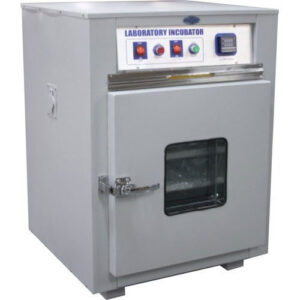
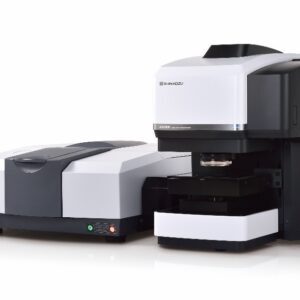
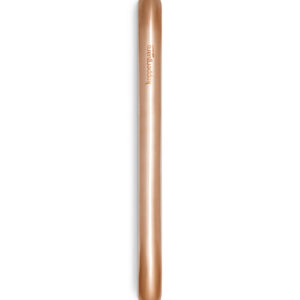
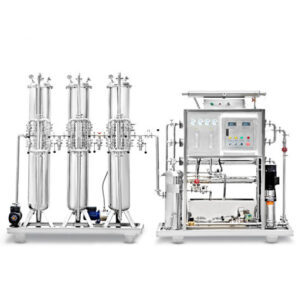
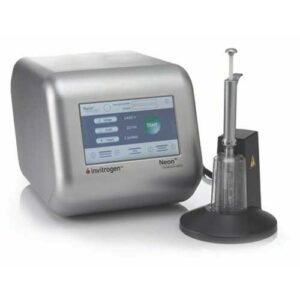
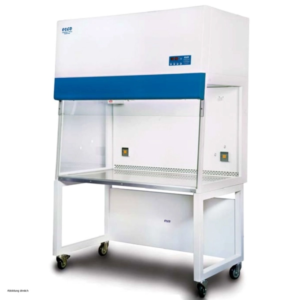
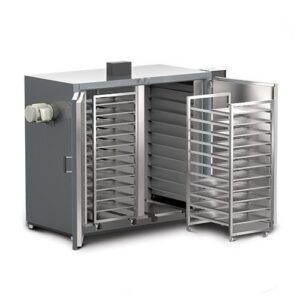
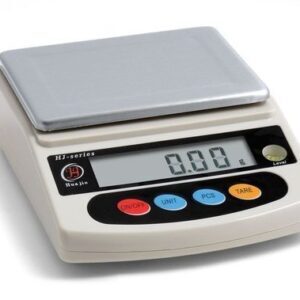
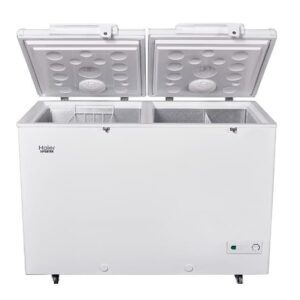
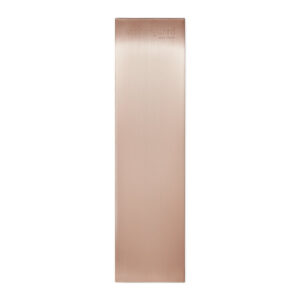
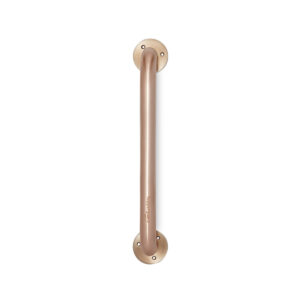
There are no reviews yet.